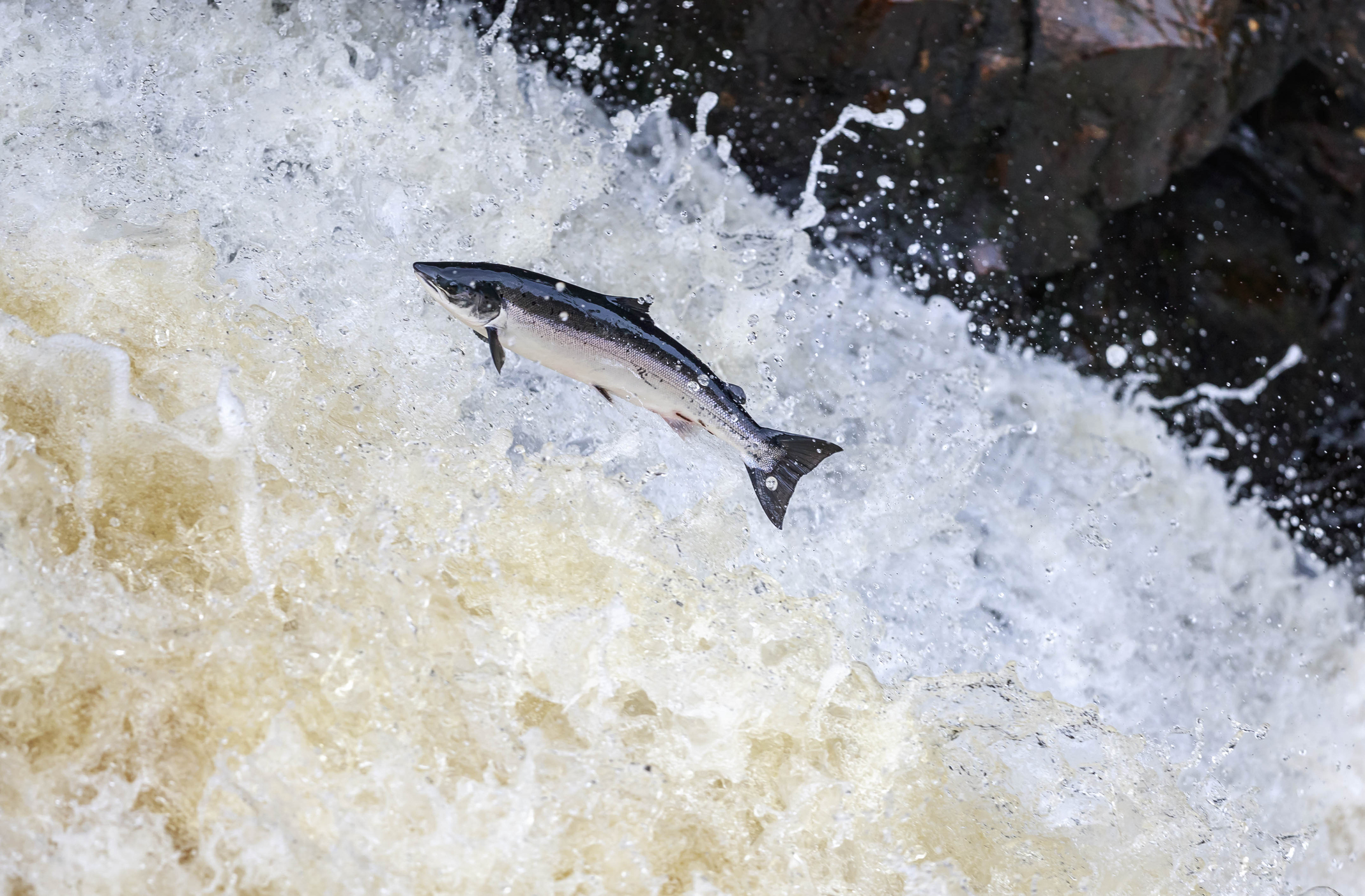
Two-thirds of juvenile wild salmon being tracked during their migration from Scottish rivers vanished within the first 60 miles of their journeys, according to new research.
The smolts were tagged as part of the Missing Salmon Project aimed at establishing the reasons for a 70% fall in numbers in the past 25 years.
But preliminary findings have shown two-thirds of the 850 tagged fish perished in the early stages of their migration from seven rivers in the Moray Firth to the open sea.
The results were revealed ahead of the launch this week of the Missing Salmon Alliance, a collaboration working to conserve the fish.
Mark Bilsby, chief executive of the Atlantic Salmon Trust, which has fronted the Missing Salmon Project and is a key part of the new alliance, said the tracking programme has been “by far Europe’s largest”.
He said: “Two-thirds were being lost before they really got out to sea. Now we know where they died.
“Next year we want to find out what caused that.”
Wild Atlantic salmon numbers have fallen by more than seven million since the 1980s, and 2018 was the worst on record.
The crisis has been highlighted by The Sunday Post’s Save our Salmon campaign for action to reverse the decline.
Young salmon leave their home river and spend up to five years at sea before returning to their birthplace to spawn. But only 5% now survive – down from 25% just two decades ago.
Climate change, predators, fish farms, water quality and barriers to migration are possible reasons suggested for the huge mortality rate.
The Atlantic Salmon Trust has been joined in the new alliance by Salmon and Trout Conservation, Game and Wildlife Conservation Trust and the Angling Trust.
A forum will be held in London on Tuesday as experts meet to share resources and knowledge in the hunt for science-based answers.
Forum chairman David Mayhew said: “Everyone who has ever held a rod has a theory. But it’s the science that matters.
“We had four separate salmon preservation bodies and many more internationally not working as one group. Three years ago, I said it would be better for us and the fish if we banded together. Now we have.”

Enjoy the convenience of having The Sunday Post delivered as a digital ePaper straight to your smartphone, tablet or computer.
Subscribe for only £5.49 a month and enjoy all the benefits of the printed paper as a digital replica.
Subscribe